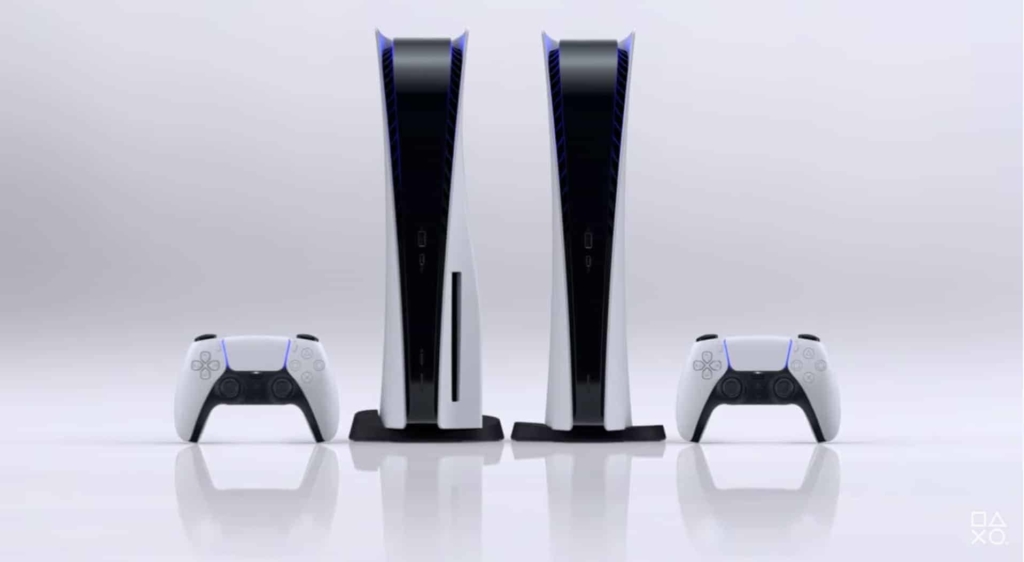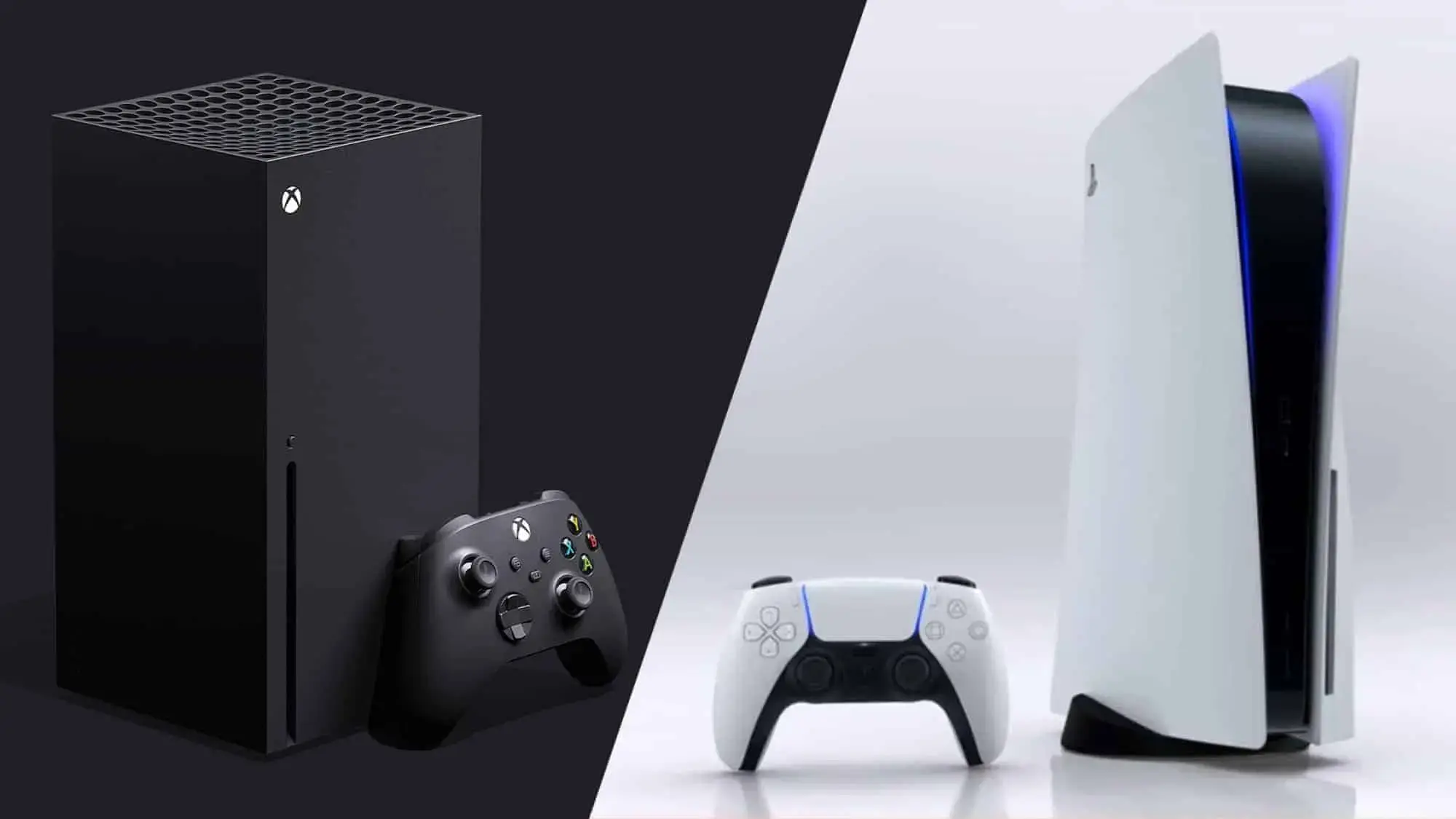Xbox & PlayStation Release Dates, Specs and Prices
The days roll on, getting ever closer to the next generation console launch. The last few months of 2020 are going to be very exciting for the video gaming world. Not only do we have the next generation of consoles, but nVidia and AMD are going to war in the graphics card space – in part thanks to the new consoles.
Below is all the information you need to know regarding the consoles that will be adorning our homes this Christmas.
Xbox Series X and S
Microsoft are bucking a trend from previous new gen launches by releasing two versions of the Xbox from the get go. The Xbox Series X is the flagship model with the Series S coming as the cheaper , but equally capable, option.
Release Date
The Xbox Series X and Series S will be launching globally on November 10, 2020. Pre-orders for the Series X are to open on September 22, 2020. Unlike with previous generations of Xbox, the cheaper Xbox Series S will be releasing simultaneously which is a welcomed change.
As we’ve come to expect, a number of launch titles are ready to go. However, the much anticipated Halo Infinite is no longer on the list. Originally marketed as the flagship Xbox launch title, the decision has been made to push the release of Halo Infinite back into 2021.
Price and Specs
Pricing for the new Xbox generation is very similar to that of the Xbox One at launch. The Xbox Series X will be going live with a price of £449.
Unlike with the Xbox One, the Xbox Series X is predicted to match the PS5 price. This is less about the Xbox coming down in price and more the PS5 has crept up.
The Xbox One S is Microsoft’s less expensive, all digital offering. Performance takes a small hit and there’s no disc drive in the console. But, it’s a lot more affordable than the Series X at £249.
Xbox One X Specs
- CPU: 8x Cores @ 3.8 GHz (3.6 GHz w/ SMT) Custom Zen 2 CPU
- GPU: 12 TFLOPS, 52 CUs @ 1.825 GHz Custom RDNA 2 GPU
- RAM: 16 GB GDDR6 w/ 320b bus
- Memory Bandwidth: 10GB @ 560 GB/s, 6GB @ 336 GB/s
- Internal Storage: 1TB Custom NVME SSD
- I/O Throughput: 2.4 GB/s (Raw), 4.8 GB/s
- Expandable Storage: 1TB Expansion Card (matches internal storage exactly)
- External Storage: USB 3.2 External HDD Support
- Optical Drive: 4K UHD Blu-Ray Drive
- Performance Target: 4K @ 60 FPS, Up to 120 FPS
So what do these specs mean?
AMD are supplying both the CPU and GPU. The Zen 2 architecture is AMD’s current – soon to be last – generation of CPU. The Zen CPU architecture has been at the forefront of AMD’s resurgence in recent years. The CPUs AMD are churning out nowadays are superb. Zen 2 saw another big jump in performance from Zen 1 and Zen+. Although the name might not suggest it, Zen 2 is the third generation of Zen CPU.
While the CPU in the Xbox Series X is a custom CPU, we can hazard a guess that performance is on a par or slightly ahead of something like a 3700X, 3800X or potentially even, a 3800XT.

As for the GPU, this is very exciting. AMD are about to announce the next generation of desktop graphics cards and based on the hype surrounding that – the graphics processing capabilities of the Xbox Series X are going to be top shelf. It’s fair to say that the work done for the Xbox is going to transfer across to the PC enthusiast market.
For the first time, AMD will be entering the ray tracing space. Ray tracing is an exciting – and still relatively new – technology that completely changes how lighting and shadows are rendered in games.
What we’re looking at here is a very, very solid piece of hardware and the value offered by the Xbox Series X is incredible. A comparable PC graphics card alone costs the same as the Xbox Series X. The soon to be announced AMD RX6000 is likely to be the most like-for-like comparable card for the hardware in the Xbox Series X. It’s touted to sit at a price the same as an entire Xbox Series X.
Xbox One S Specs
- CPU: Eight-core 3.6GHz (3.4GHz with SMT) custom AMD 7nm
- GPU: 4 teraflops at 1.550GHz
- RAM: 10GB GDDR6
- Frame rate: Up to 120 fps
- Resolution: 1440p with 4K upscaling
- Optical: No disk drive
- Storage: 512GB NVMe SSD
The biggest omission from the spec list for the Series S is the optical drive. With “just” 512GB of storage, you might be worried about rapidly running out of storage. With the likes of Call of Duty: Modern Warfare taking up a now whopping 200GB of space on hard drives there is genuine concern. However, Microsoft will be releasing a 1TB expansion card to help with getting all your games installed. Furthermore, as with the Xbox One, an external hard drive can be plugged in via USB3.0 which gives a lot more options for increasing storage of the console.
The reduction in hardware power does mean that native 4K resolutions aren’t possible but 1440p is a perfectly adequate resolution for all games.
All in all, £249 for a console with this power is a brilliant deal and will satisfy all but the most hardcore gamers if budget is an issue.
PlayStation 5
There isn’t quite as much information on the PlayStation 5 as the Xbox Series X and Series S. There is still plenty to sink your teeth into and get excited about.
Release Date
There is no official date from Sony at the time of writing. The official word is “Holiday 2020” which in video game speak traditionally means November. This would support the claims of Twitter user @IronManPS5. They claim the PlayStation 5 will be released in Japan on November 14 with North America and Europe getting their release 6 days later on November 20.

With Microsoft releasing the new Xbox on November 10, a November 20 date for the PlayStation does make sense and if anything, could be brought forward by a week or so.
Price and Specs
As with the release date, there’s no official pricing information or pre-order information as yet. Sony does have a pre-ordering lottery open on their website.
There will be a limited quantity of PS5 consoles available for pre-order, so we will be inviting some of our existing consumers to be one of the first to pre-order one from PlayStation.
Pre-order reservations will be taken on a first-come-first-serve basis, so once you get an invite via email, we encourage you to follow instructions and act fast.
https://www.playstation.com/en-us/campaigns/2020/ps5-direct-pre-orders/
As with the Xbox, there is a digital-only version of the PlayStation 5 being launched. How this will affect the pricing is difficult to say. Some industry analysts are tipping the PlayStation 5 to be $600 which would mean it’s the digital version that’s £450 option. This would make PlayStation considerably more expensive than the Xbox with the “full fat” version of the console being in the region of £550…a full £100 more than the Xbox.
- CPU: AMD Zen 2-based CPU with 8 cores at 3.5GHz (variable frequency)
- GPU: 10.28 TFLOPs, 36 CUs at 2.23GHz (variable frequency)
- GPU architecture: Custom RDNA 2
- RAM: 16GB GDDR6 / 256-bit
- Memory bandwidth: 448GB/s
- Internal storage: Custom 825GB SSD
- IO throughput: 5.5GB/s (raw), typical 8-9GB/s (compressed)
- Expandable storage: NVMe SSD slot
- External storage: USB HDD support (PS4 games only)
- Optical drive: 4K UHD Blu-ray drive
Specs for the PlayStation 5 are very impressive. AMD has been hard at work again with the development of hardware for the new generation of consoles.
Sony has been hard at work delivering a massive performance increase to the PlayStation. Through a combination of more raw power and clever innovations, the PlayStation 5 is shaping up to be an extremely capable gaming platform.
An exciting element of the storage hardware in the PlayStation 5 is the expansion of the storage with PC NVMe drives rather than a proprietary system. Thanks to Zen 2, the PlayStation 5 runs PCI Express 4.0 so you will need to wait for PCIe 4.0 NVMe drives to come down in price as there’s not a lot of choice on that front presently.
Overall, both the PlayStation 5 and Xbox Series X look like console monsters. The specs are very impressive and the key element to the specs is that the architecture is the same as that of desktop PCs. This means that for the first time, the architecture of a console is almost identical to that of a PC and subsequently as powerful…at least for now!
In terms of value, it’s a no-brainer. If you’re looking at a new gaming system, forget about buying a PC for the time being. A new PC would cost over £1,000 to build a comparable system.

